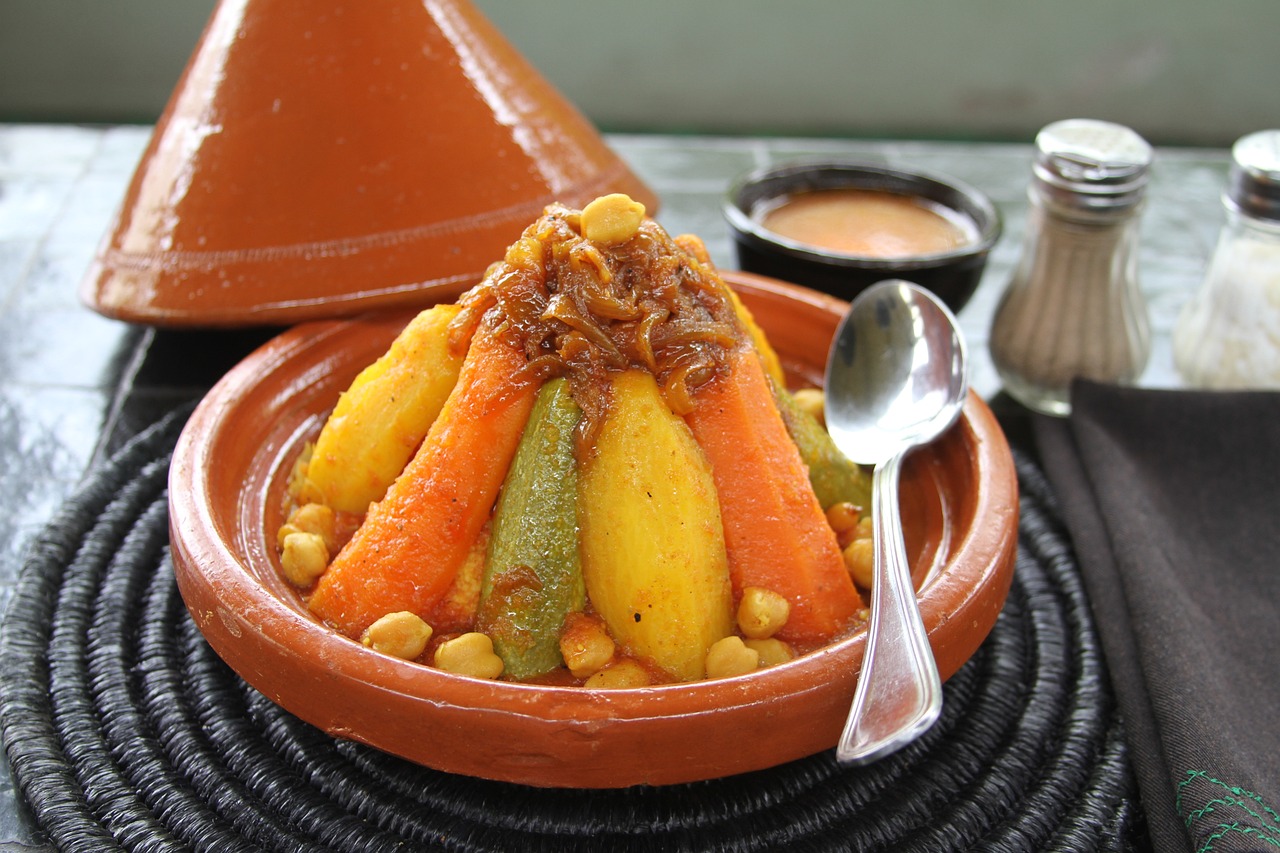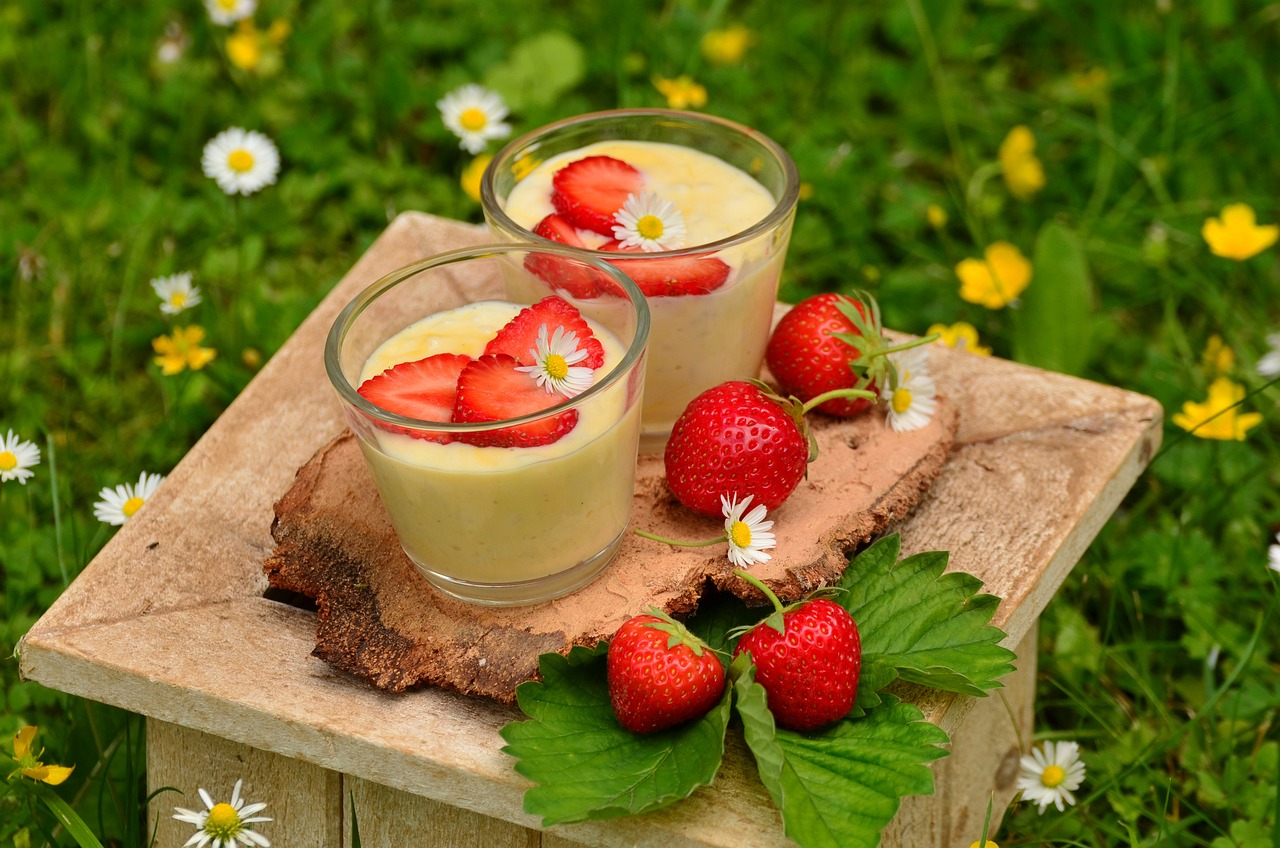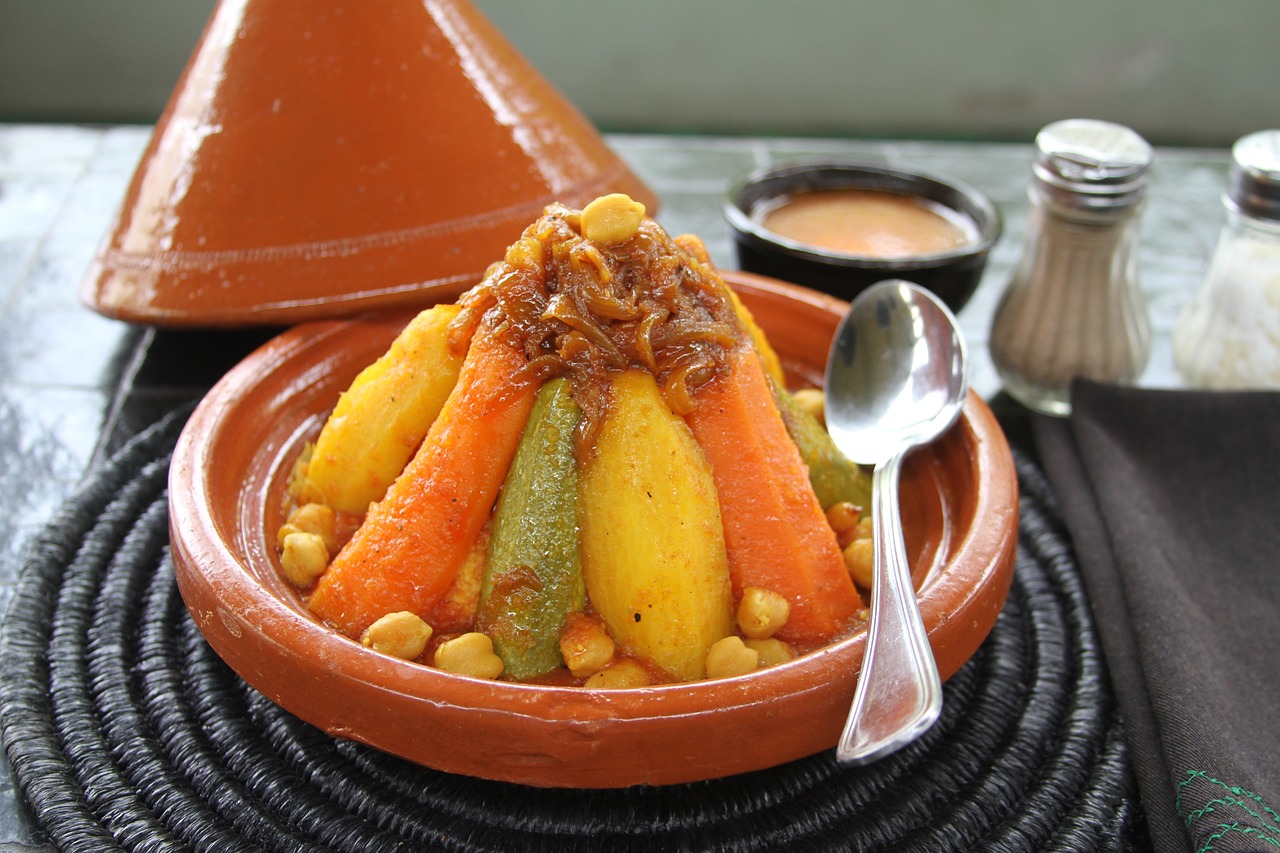Moroccan Baklava Rolls: Nutty and Flaky Delicacies

Step into the enchanting world of Moroccan Baklava Rolls, where nutty and flaky layers come together to create a symphony of flavors and textures. Imagine biting into a golden-brown pastry filled with a crunchy mix of nuts and sweetened with a hint of honey – each bite is a delightful explosion for your taste buds.
As you delve into the realm of Moroccan cuisine, Baklava Rolls stand out as a beloved delicacy that has captivated dessert lovers for centuries. The intricate balance of nuttiness and sweetness in each bite reflects the rich culinary heritage of Morocco, where every dish tells a story of tradition and innovation.
Picture a table adorned with a plate of Baklava Rolls, each piece a work of art crafted with care and precision. The delicate layers of phyllo dough, generously filled with a mixture of pistachios, almonds, or walnuts, create a mosaic of flavors that dance on your palate.
Whether enjoyed as a decadent dessert or a special treat during festive occasions, Moroccan Baklava Rolls offer a sensory experience like no other. The aroma of toasted nuts, the crunch of crispy pastry, and the sweetness of honey come together in perfect harmony, leaving you craving for more.
With each bite, you embark on a culinary journey that transcends borders and time, connecting you to the vibrant culture and flavors of Morocco. The artistry involved in creating Baklava Rolls mirrors the passion and dedication of Moroccan chefs who take pride in preserving their culinary heritage.
Indulge in the irresistible allure of Moroccan Baklava Rolls, where tradition meets innovation to create a dessert that is both timeless and contemporary. Whether shared with loved ones or savored in solitude, each bite is a celebration of the rich tapestry of flavors that define Moroccan cuisine.
History of Baklava
When delving into the history of Baklava, one is taken on a journey back to the opulent days of the Ottoman Empire. This decadent sweet treat has a rich and storied past, originating in the imperial kitchens where it was crafted as a symbol of wealth and luxury. As trade routes expanded, so did the reach of Baklava, eventually finding its way into the heart of Moroccan cuisine.
The evolution of Baklava from its early roots to the Moroccan Baklava Rolls we know today is a testament to the cultural exchange and culinary creativity that has shaped the dessert over centuries. Each bite of Baklava carries with it a taste of history, blending traditions from various regions into a harmonious symphony of flavors.
Throughout history, Baklava has been a symbol of celebration and hospitality, gracing tables during festive occasions and special gatherings. Its popularity spread far and wide, captivating the palates of people across different cultures and continents. The enduring appeal of Baklava lies not only in its exquisite taste but also in the stories and traditions woven into its flaky layers.
Ingredients and Variations
When it comes to Moroccan Baklava Rolls, the key ingredients play a crucial role in creating the perfect balance of flavors and textures. The traditional recipe typically includes:
- Phyllo Dough - Thin, delicate layers that crisp up beautifully in the oven.
- Nuts - Often a combination of walnuts, almonds, or pistachios, providing a rich and nutty taste.
- Sugar - Sweetens the filling and complements the natural flavors of the nuts.
- Butter - Adds richness and helps achieve that irresistible flakiness.
- Spices - Cinnamon and sometimes cloves or cardamom for a hint of warmth and complexity.
While these are the traditional ingredients, there are various regional and modern variations of Baklava Rolls that offer unique twists on the classic recipe. In some regions, you may find Baklava Rolls made with different types of nuts or flavored syrups. Modern interpretations might include additions like orange zest, rose water, or even chocolate for a contemporary flair.
Exploring these different variations allows for a diverse culinary experience, showcasing the adaptability and creativity within Moroccan cuisine. Whether sticking to the traditional ingredients or experimenting with new flavors, each version of Baklava Rolls offers a delightful journey for the taste buds.
Preparation Method
When it comes to preparing Moroccan Baklava Rolls, attention to detail is key to achieving the perfect balance of flavors and textures. Follow these steps to embark on a culinary journey that will tantalize your taste buds and impress your guests:
- Gather Your Ingredients: Before you begin, ensure you have all the necessary ingredients at hand. From phyllo dough and nuts to sugar and honey, each component plays a crucial role in creating the signature taste of Baklava Rolls.
- Prepare the Nut Mixture: Start by finely chopping a blend of nuts such as almonds, walnuts, and pistachios. Mix them with sugar and spices like cinnamon to create a rich, nutty filling that will be the heart of your Baklava Rolls.
- Layer the Phyllo Dough: Carefully handle the delicate phyllo dough, ensuring it remains moist by covering it with a damp cloth. Brush each layer with melted butter as you stack them, creating a crispy and flaky foundation for the nut mixture.
- Add the Nut Filling: Spread a generous amount of the nut mixture evenly across the phyllo layers. This step is crucial in ensuring that every bite of the Baklava Roll is filled with a harmonious blend of sweetness and crunch.
- Cut and Roll: Once the filling is in place, carefully cut the layered phyllo into rectangular strips. Gently roll each strip into a compact spiral, creating the iconic shape of the Baklava Roll that will be a visual delight on your dessert platter.
- Bake to Perfection: Place the prepared Baklava Rolls in a preheated oven and let them bake until golden brown and crisp. The aroma of toasted nuts and buttery phyllo will fill your kitchen, building anticipation for the moment you can finally indulge in these sweet treats.
- Drizzle with Honey: As soon as the Baklava Rolls come out of the oven, drizzle them with a generous amount of honey. The honey will seep into the layers, adding a luscious sweetness that perfectly complements the nutty flavors.
- Cool and Serve: Allow the Baklava Rolls to cool slightly before serving, as this will enhance their texture and flavors. Whether enjoyed warm with a scoop of ice cream or at room temperature with a cup of tea, these decadent treats are sure to be a hit.

Serving and Enjoying
When it comes to serving and enjoying Moroccan Baklava Rolls, there are several delightful ways to indulge in this nutty and flaky delicacy. Whether you are hosting a special gathering or simply treating yourself to a sweet delight, here are some tips to make the most of your Baklava experience:
- Pairing Perfection: For a truly authentic Moroccan experience, serve your Baklava Rolls with a steaming cup of traditional mint tea. The refreshing mint flavor complements the sweetness of the pastry, creating a perfect harmony of tastes.
- Plating Presentation: When serving Baklava Rolls, consider arranging them on a decorative platter or individual dessert plates. The intricate layers of phyllo dough and nuts deserve to be showcased in an elegant manner.
- Garnish Galore: Elevate the visual appeal of your Baklava Rolls by adding a sprinkle of finely chopped pistachios or a dusting of powdered sugar on top. These finishing touches not only enhance the aesthetics but also add an extra layer of flavor.
- Temperature Twist: While Baklava Rolls are typically enjoyed at room temperature, some prefer them slightly warmed. You can gently heat the pastries in the oven for a few minutes before serving to experience a different texture and aroma.
- Accompaniment Options: In addition to mint tea, Baklava Rolls pair well with a variety of accompaniments. Consider serving them with a dollop of creamy Greek yogurt, a scoop of vanilla ice cream, or a drizzle of rosewater-infused syrup for a unique twist.
By paying attention to these serving and enjoying tips, you can elevate your Moroccan Baklava Rolls experience to a whole new level. Whether you are a seasoned Baklava enthusiast or trying this dessert for the first time, savoring each bite of these delectable treats is sure to be a memorable and satisfying experience.



 HazalVardal
HazalVardal 





